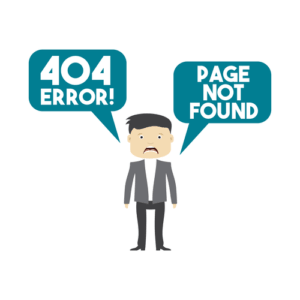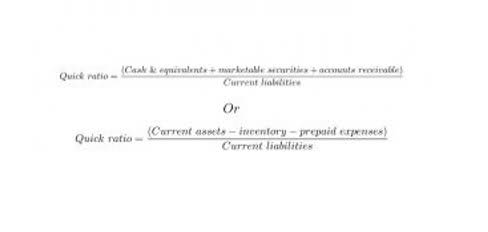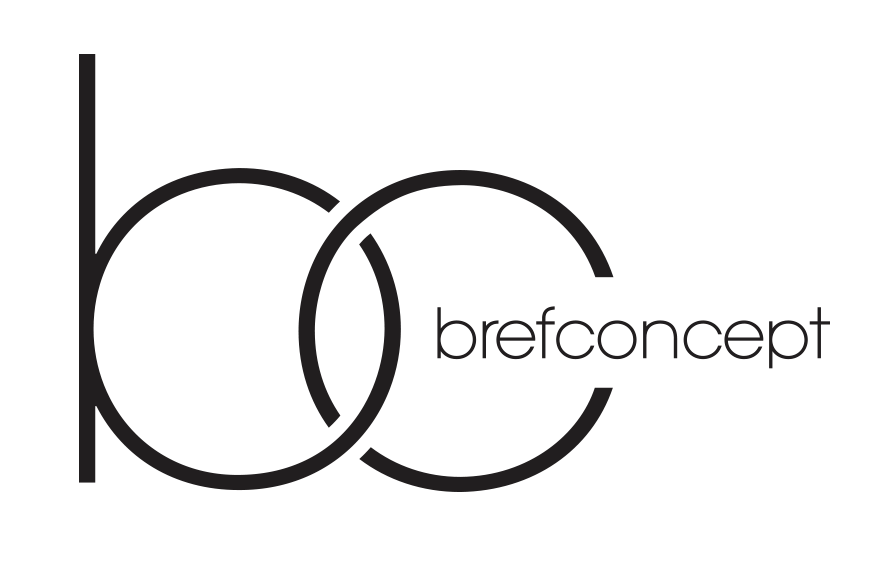
Conversely, if it is negative, the company may encounter troubles in paying off its immediate obligations, which could potentially lead to financial distress or bankruptcy. If the Change in Working Capital is negative, the company must spend in advance of its revenue growth – like a retailer ordering Inventory before it can sell and deliver its products. The best rule of thumb is to follow what the company does in its financial statements rather than trying to come up with your own definitions. This indicates a positive increase of $5,000 in the company’s net working capital. The key is to remember how the positive and negative numbers correspond to our company and what they mean for the growth of our company. Change in working capital is a cash flow item that reflects the actual cash used to operate the business.

Online Investments
It shows how efficiently a company manages its current resources, such as net working capital cash, inventory, and accounts payable. Positive changes indicate improved liquidity, while negative changes may suggest financial strain. For instance, suppose a retail company experiences an increase in sales, resulting in higher accounts receivable (A/R) due to credit sales. At the same time, the company effectively manages its inventory levels and negotiates favorable payment terms with suppliers, resulting in slower growth in accounts payable (A/P).

Working Capital Changes & Impact on DCF
Subsequently without adequate working capital financing in place, this increase in net working capital can lead to the business overtrading and running out of cash. In most businesses working capital amounts to inventory plus accounts receivable less accounts payable. This represents the funding needed to buy inventory and provide credit to customers, reduced by the amount of credit obtained from suppliers.
Working Capital Metrics Formula Chart
Carefully tracking how much stock you need to order (and when) helps keep capital from getting tied up in excess inventory. Sound inventory management can also help businesses avoid product shortages that might result in lost sales. Such practices ensure that inventory remains bookkeeping a short-term asset that can easily be liquidated for cash. Net working capital can increase if company ownership or other stakeholders invest additional cash.
- Conversely, decreases in current assets and increases in current liabilities are added back to net income to arrive at net cash flow from operations.
- Working capital is a core component of effective financial management, which is directly tied to a company’s operational efficiency and long-term viability.
- Selling inventory at a profit will increase working capital and cash flow, but selling at a loss (or having inventory become obsolete and therefore less liquid) can decrease working capital.
- Some seasonal businesses have different working capital behavior at certain periods.
- A negative change in working capital could be indicative of a one-time event or it could be the result of an ongoing issue, such as poor management of accounts receivable.
How is change in working capital calculated?
On the other hand, negative or no change just means more poor seasons down the road. It’s similar to a report card for a business’s financial condition, conveying its ability to manage liquidity and meet obligations. Banks, investors, and suppliers often scrutinize a company’s net working capital as part of their risk assessment before providing loans, extending credit, or forming partnerships. A healthy net working capital position suggests that a company is well-prepared to navigate economic challenges and withstand financial shocks. Accounting Security Imagine if Exxon borrowed an additional $20 billion in long-term debt, boosting the current amount of $40.6 billion to $60.6 billion.


This decrease in current assets translates to a reduction in working capital. The freed-up cash improves the company’s cash flow, providing more resources for other activities. This is a clear example of how efficient working capital management directly influences the change in net working capital free cash flow. Conversely, a company struggling with slow-moving inventory experiences a negative impact.
